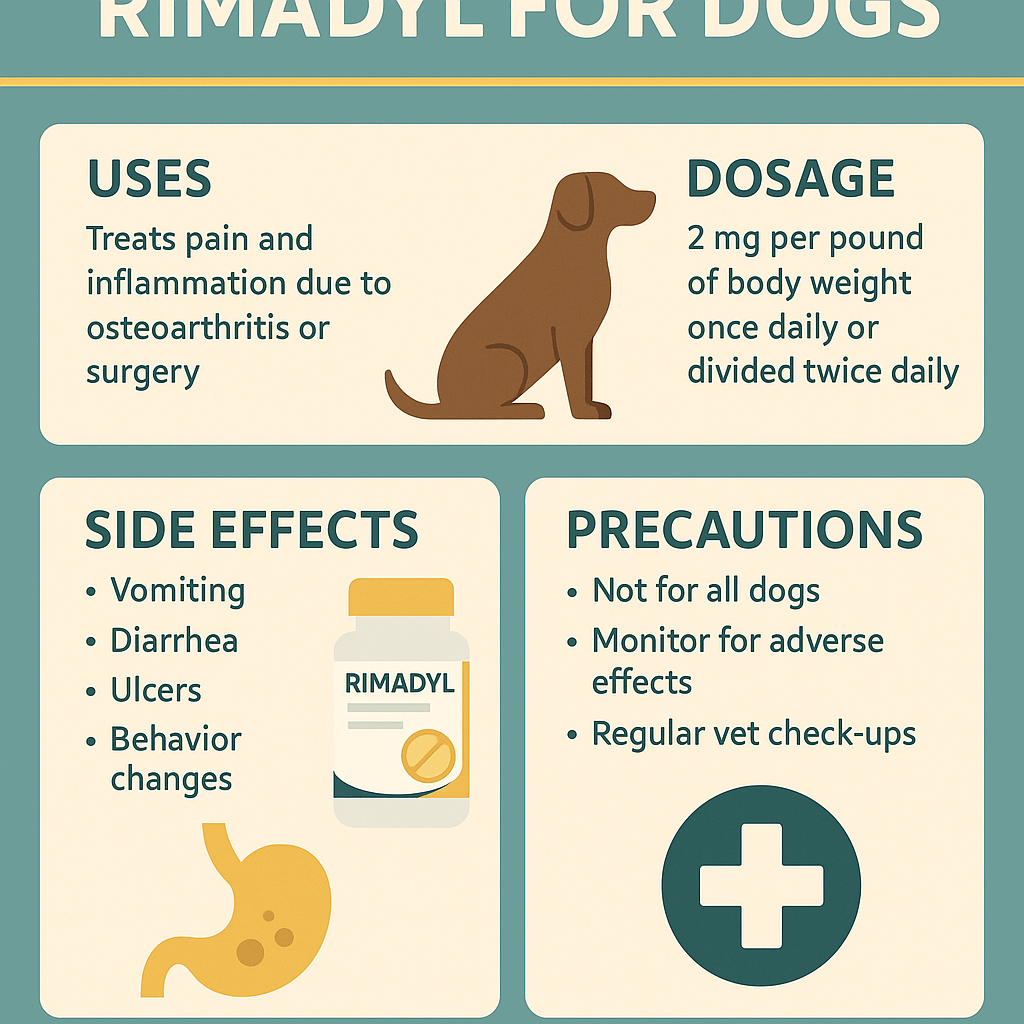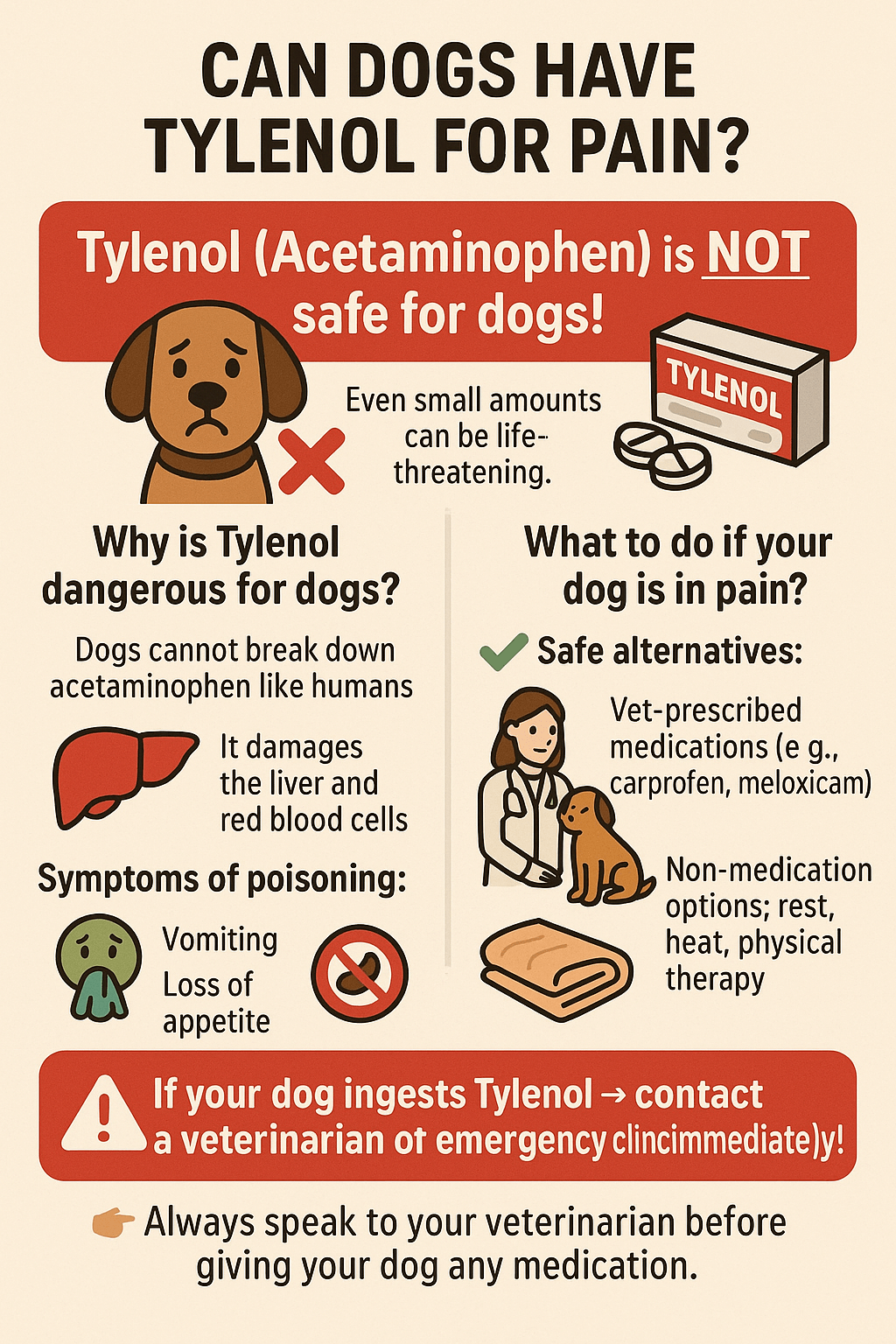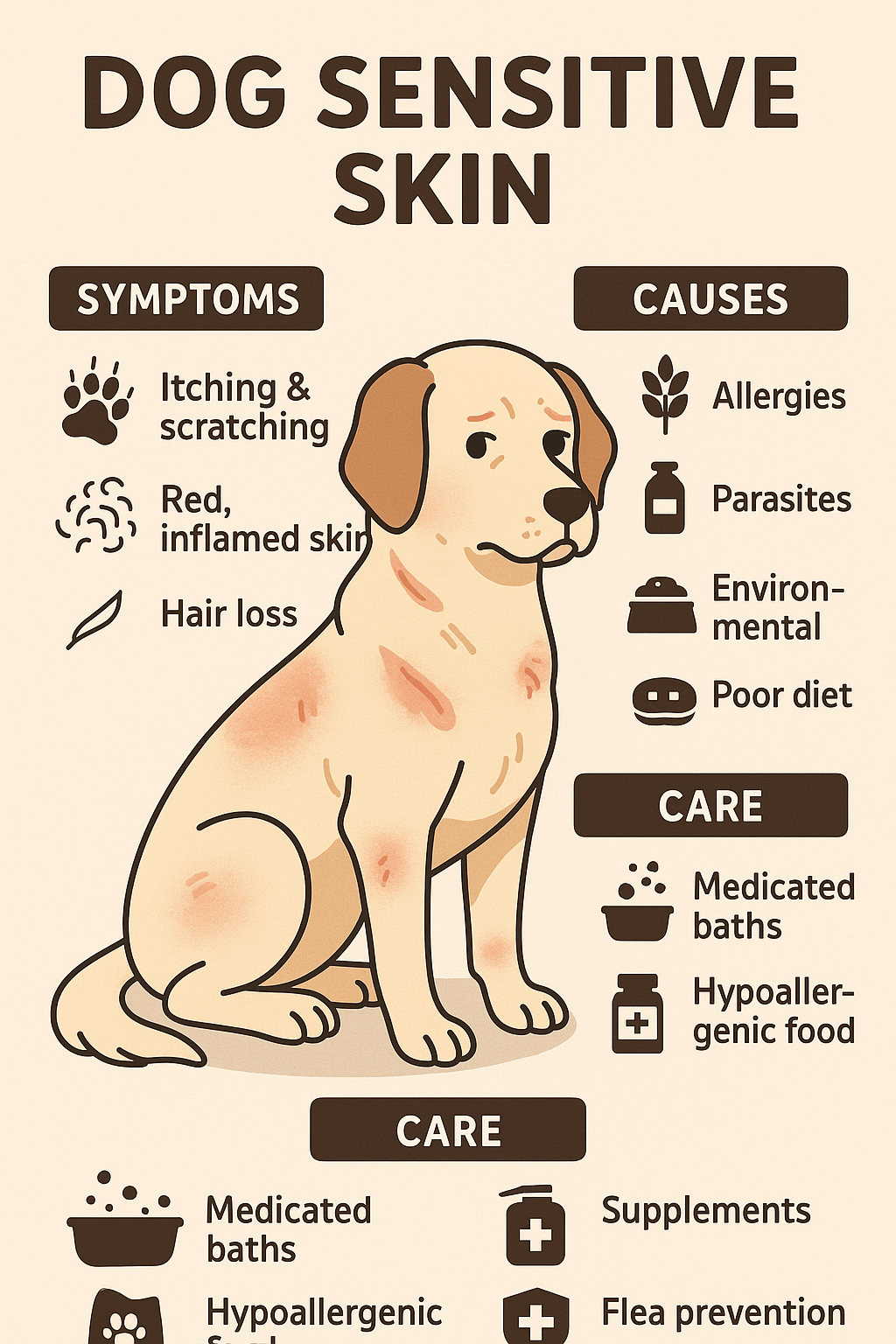Understanding What Happens When a Dog Lipoma Bursts
As dog owners, we often notice lumps or bumps on our furry friends’ bodies. One common type of lump is a lipoma, a benign fatty tumor that typically poses no immediate threat to your dog’s health. However, there are rare instances when a dog lipoma burst can occur, leaving pet parents concerned and unsure of what to do next. While these growths are generally harmless, understanding the potential risks, symptoms, and treatment options is crucial for ensuring your dog’s well-being. In this blog post, we’ll explore everything you need to know about this condition, including how to identify a lipoma, what causes it to rupture, and how to care for your dog if it happens.
Signs That Indicate a Lipoma May Have Burst
If you suspect that your dog’s lipoma has ruptured, there are several signs to look out for. Early detection is key to preventing complications such as infection or discomfort for your pet. Here’s what to watch for:
Swelling or redness around the area of the lipoma
Discharge of fluid, blood, or pus from the lump
Your dog excessively licking or biting at the affected area
Lethargy or signs of pain when the area is touched
A noticeable change in the size or texture of the lipoma
If you observe any of these symptoms, it’s important to take action promptly. While some cases may resolve on their own, others could require professional veterinary care to ensure your dog’s health isn’t compromised.
Causes Behind a Dog Lipoma Burst
A lipoma burst doesn’t happen without reason. Several factors can contribute to this occurrence, and understanding them can help you prevent similar issues in the future. Below are some common causes:
Trauma or injury to the area where the lipoma is located
Excessive pressure on the lipoma due to tight clothing or harnesses
Natural weakening of the lipoma’s outer layer over time
Infections or inflammation that weaken the integrity of the fatty tissue
Aggressive behavior from the dog, such as chewing or scratching at the lump
While not all causes are preventable, being aware of these risk factors can help you minimize the chances of your dog experiencing a lipoma burst. Regular check-ups with your veterinarian can also play a vital role in early detection and prevention.
Check this guide 👉Understanding the Cost of Dog Lipoma Removal: Best 7 Tips!
Check this guide 👉Dog X-Ray Cost: 7 Tips to Save on Veterinary Imaging

Preventive Measures | What to Avoid |
|---|---|
Regular vet check-ups | Ignoring unusual lumps or bumps |
Keeping your dog’s skin clean | Using tight harnesses or collars |
Monitoring for signs of trauma | Allowing aggressive scratching or biting |
Maintaining a healthy diet | Skipping routine grooming practices |
Providing a safe environment | Overlooking changes in lump appearance |
How to Care for Your Dog After a Lipoma Burst
If your dog’s lipoma has burst, proper care is essential to promote healing and prevent infections. Follow these steps to ensure your dog recovers comfortably:
Clean the area gently with warm water and mild antiseptic solution
Apply a sterile bandage to protect the wound from dirt and bacteria
Monitor for signs of infection, such as increased swelling or foul odor
Keep your dog from licking or biting the affected area using an Elizabethan collar
Schedule a visit to the vet to assess the severity of the rupture
By taking these steps, you can help your dog recover quickly and reduce the risk of further complications. Remember, professional advice is always the best course of action when dealing with medical concerns.
When to Seek Veterinary Assistance
While some minor cases of a dog lipoma burst may not require immediate attention, certain situations demand prompt veterinary care. Here’s when you should contact your vet:
The wound appears deep or continues to bleed heavily
There’s noticeable swelling, heat, or pus around the area
Your dog seems to be in significant pain or discomfort
The rupture occurs near sensitive areas like the neck or joints
You notice behavioral changes, such as loss of appetite or lethargy
Ignoring these warning signs could lead to more serious health issues down the line. Always err on the side of caution and consult your veterinarian whenever you’re unsure.
Preventive Measures to Minimize Lipoma Risks
Taking proactive steps can significantly reduce the likelihood of complications from lipomas, including the risk of them bursting. Here are some practical tips to keep your dog healthy and minimize potential issues:
Maintain a balanced diet rich in nutrients to support overall skin and tissue health
Ensure your dog gets regular exercise to prevent obesity, which can contribute to fatty growths
Schedule routine vet visits to monitor any existing lipomas or detect new ones early
Avoid exposing your dog to sharp objects or rough play that could injure the skin
Keep your dog’s bedding and environment clean to reduce the risk of infections
By implementing these preventive measures, you can help safeguard your dog’s health and reduce the chances of lipoma-related complications. Prevention is always better than dealing with an issue after it arises.
Common Misconceptions About Dog Lipomas
There are several myths surrounding lipomas in dogs that can lead to confusion among pet owners. Understanding the truth behind these misconceptions is essential for making informed decisions about your dog’s care. Here’s what you need to know:
Lipomas are not always a sign of poor health or obesity
Not all fatty lumps on dogs are lipomas; some may require further investigation
Lipomas do not “spread” to other parts of the body like cancerous tumors
Removing a lipoma does not guarantee that another won’t form elsewhere
A lipoma burst is not always an emergency but should still be monitored closely
By dispelling these myths, you can approach your dog’s health with clarity and confidence. Always rely on professional veterinary advice rather than assumptions or hearsay.
Long-Term Management of Lipomas in Dogs
For dogs with recurring or multiple lipomas, long-term management is key to ensuring their comfort and well-being. While lipomas are generally harmless, they still require attention to prevent complications. Consider these strategies for effective management:
Keep a journal to track the size, location, and changes in your dog’s lipomas
Use soft harnesses or gear to avoid putting pressure on areas with lipomas
Regularly inspect your dog’s skin during grooming sessions to catch abnormalities
Discuss surgical removal with your vet if a lipoma interferes with movement or causes discomfort
Stay consistent with follow-up appointments to monitor the condition of existing lipomas
With proper management, you can ensure your dog lives a happy and comfortable life despite having lipomas. Remember, consistency and communication with your vet are crucial for success.
Frequently Asked Questions About Dog Lipoma Bursts
Are lipomas dangerous for dogs?
Lipomas are generally benign and not life-threatening. However, if they burst or become infected, they may require medical attention.
Can I pop or drain my dog’s lipoma at home?
No, attempting to pop or drain a lipoma yourself can lead to infection and further complications. Always consult a vet.
How can I tell if my dog’s lipoma is cancerous?
Cancerous tumors often feel firm, irregular, or painful compared to soft, movable lipomas. A vet can confirm with diagnostic tests.
Will my dog’s lipoma grow back after bursting?
It’s possible, as lipomas don’t disappear on their own. Regular monitoring and vet visits can help manage their growth.
Is surgery necessary for a burst lipoma?
Surgery is typically not required unless the lipoma is causing discomfort, recurring infections, or other health issues.
Final Thoughts: Staying Proactive About Your Dog’s Health
A dog lipoma burst can be alarming, but with the right knowledge and care, you can ensure your furry friend stays happy and healthy. By staying vigilant, providing proper care, and seeking professional advice when needed, you can address this issue effectively. Remember, your dog relies on you to advocate for their well-being. With regular check-ups and a proactive approach, you’ll be equipped to handle any challenges that come your way – including those related to lipomas.





